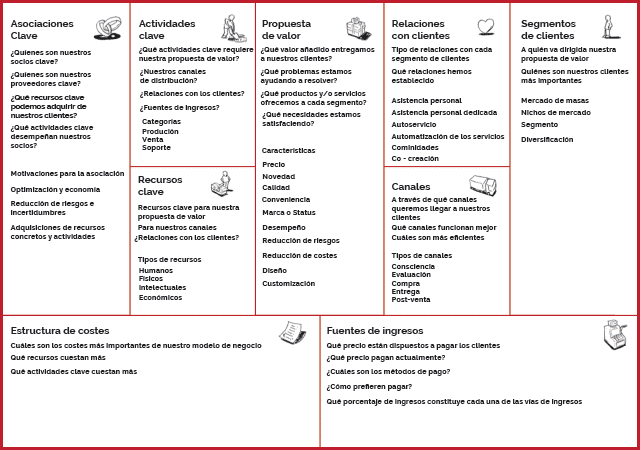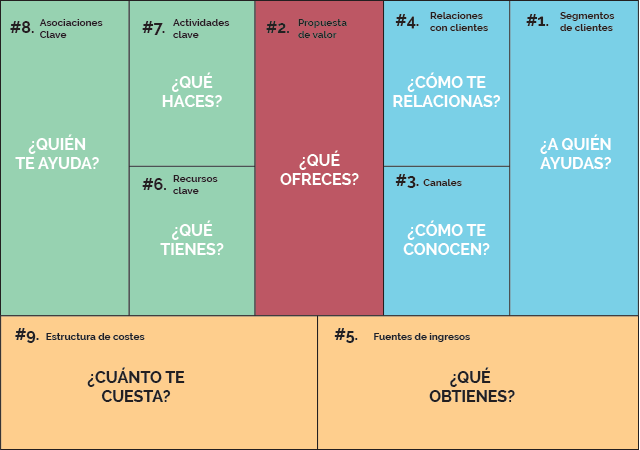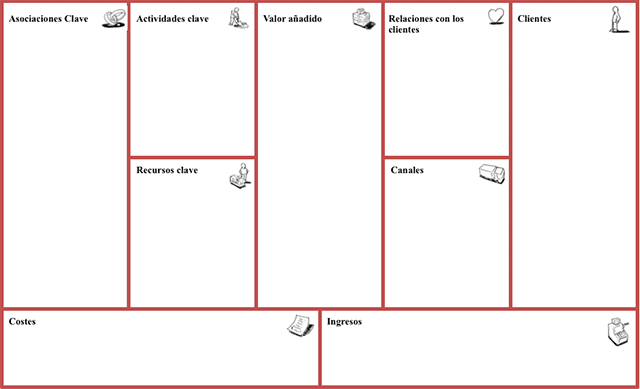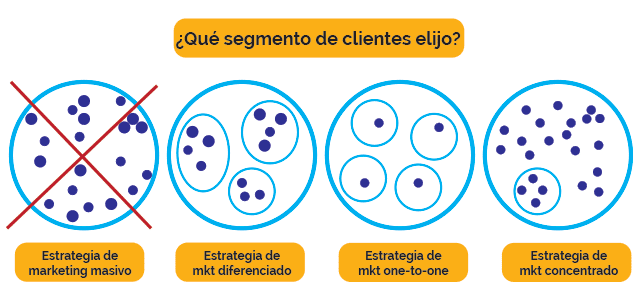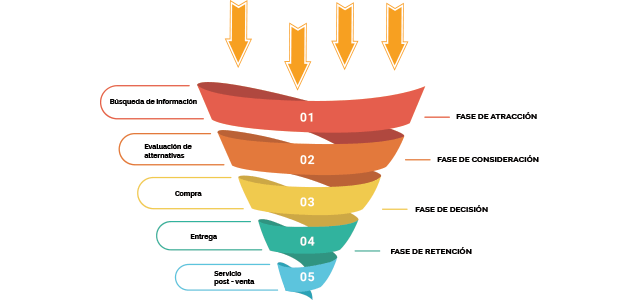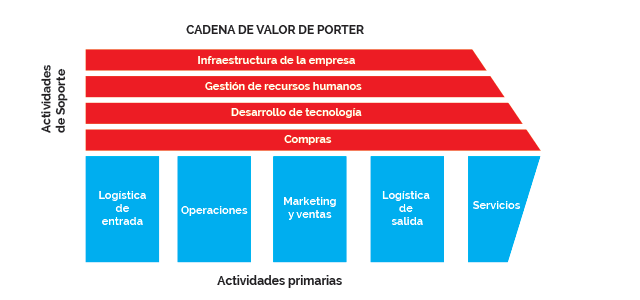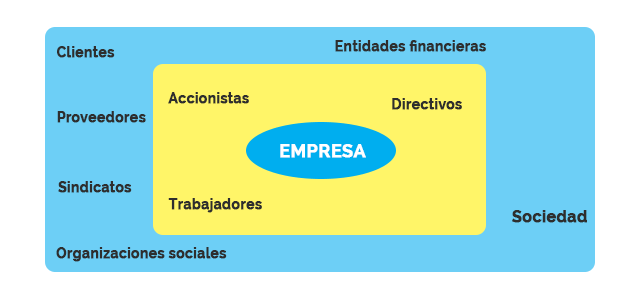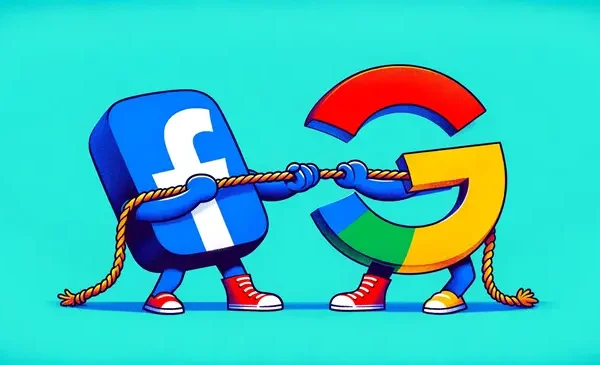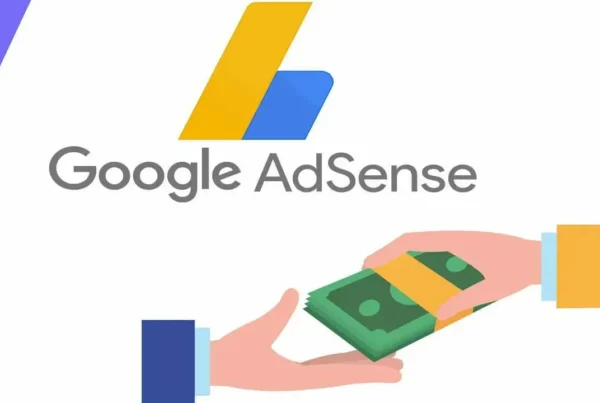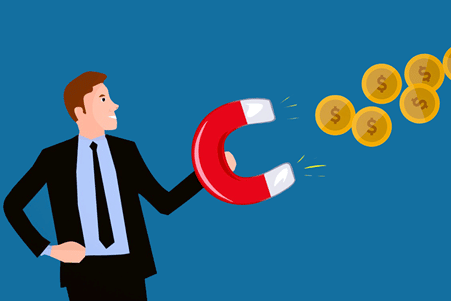You want to start a new business, you have started researching online and you find that the first thing you should do is create your canvas model.
But do you really know what the canvas methodology is?
If you have a business idea and want to make it a reality, you need to translate it and design a business model that allows you to see if that idea can become a reality.
There are many entrepreneurs who decide to start a business and jump into the void without first having designed a plan, and then often wonder the reason for their failure.
And this absence of plan and strategy is one of the main factors why businesses fail.
But don't worry, because in this article we are going to see step by step how to make your business model canvas following the canvas method.
The video of the Canvas Model in Spanish
<>
What is the canvas model and what is it for?
The canvas model or business model canvas is a tool created by Alex Osterwalder and it is the basis of his book Generation of Business Models
It is one of those essential books for any entrepreneur in which you will also find different examples of canvas models.
The canvas format is divided into nine modules and each of them are the pieces that a company needs to earn income.
We could summarize in a very simple way that the business model of a company refers to how it is going to achieve generate income.
That is exactly what the canvas system is about, to see which are the most important areas and what a company must take into account to achieve income.
We are going to see step by step the nine modules that are part of the canvas method, but I anticipate that we could summarize it in four different areas.
These four areas are essential in any business model and are:
- The offer
- the clients
- The structure
- The economic viability of the project.
Benefits of the canvas model for your business
Now that we have seen what the canvas model is, let's see what benefits it can bring you to carry it out.
- The main advantage of the canvas model is the simplicity with which you can work when defining a business model.
- One of the main benefits of canvas canvas is that we can see in a very visual way the most important elements of an organization's business model.
- It also allows us a greater adaptation to change. The canvas methodology is based on trying to adapt your business model to the changes that are taking place in the environment and in the company itself. By looking at the most important elements of the organization in a holistic way, it can be easier to determine which elements are failing in the achievement of the objectives.
- Another advantage of adopting the canvas methodology is that it allows teamwork.
Being able to work as a team can allow you to know different positions and opinions different from yours that can enrich your project.
And now, we are going to see step by step how to make a canvas model of a company.
How to make the canvas model of your business step by step
Before seeing how to fill the canvas canvas And for you to understand it in a simpler way, I am going to summarize what the canvas method consists of.
The value proposal of a company is what makes the difference in a market and what can give you a competitive advantage.
This value proposition must be communicated to customers so we must establish a relationship with them.
But to communicate your value proposition you need to use a series of channels (online and offline channels).
In addition, to create your value proposition you will need to have a series of key resources to be able to carry out different key activities.
And for all this it will be necessary to have a series of key alliances (key partners) with which to establish the business relationships that are necessary.
Finally, it will be necessary to analyze the cost structure of the company and sources of income.
These last two sections are essential for the viability and economic survival of the company.
Example of the canvas model and how it is filled step by step
If you look closely, in the following image we see an example of the canvas canvas separated into two areas.
The right zone refers to those external factors that may directly affect the canvas business model.
That is, they would be part of:
- The market segment
- The value proposition
- Channels
- customer relationship
- Sources of income
While the left zone refers to the internal elements of the company itself, such as:
- The key partners
- The key activities
- Key resources
- Cost structure
Now we are going to see point by point all the elements that are part of the Business Model Canvas.
But be careful, do not fill in by filling in the Canvas, because everything has a logical order that you must follow.
That is why we have previously separated the business model matrix into two quadrants: the right and the left.
What I recommend is that you download and print the canvas template template, you buy post-it and start filling in each of the elements.
How to make a Canvas Model in Word (Template to download)
And now, we are going to see each of those elements that are part of the canvas.
1.- Customer segments
Customers must be the center of any type of business, as they say, they are the reason for being of an organization.
No matter what value proposition your company has, if it does not meet the needs of any customer segment, your business will be doomed.
Be clear cómo definir tu público target it can mark the success or failure of a project.
Many entrepreneurs fail at this stage because they believe they really know who they are targeting and carry out no prior analysis.
First error!
Customers don't have to adapt to your value proposition, it is you who must adapt the value proposition of your business to their needs and desires.
So the first step will be to be clear about which customer segment you want to target.
Are you going to target a mass market? Are you going to do it to a specific market niche? Are you going to focus on different segments? Or are you going to carry out a personalized marketing strategy?
Once you know which segment you want to target, you should analyze it and know it like the back of your hand.
For that you must create your buyer person and analyze mainly cuatro variables de segmentation:
- Sociodemographic factors
- Personal factors
- Online behavior factors
- Buying behavior factors
Based on these factors, you should create the fichas de tu client ideal.
Some of the questions that you can ask yourself and that will help you define your ideal client may be:
- Why can you be interested in my products?
- What type of product is most suitable for each segment?
- What makes my value proposition different from that of other competitors?
- What could prevent them from buying my products?
- What are your wishes, your goals, and your motivations?
- With which channels would it be easier to reach them?
One of the best ways to get to know our audience is by asking them directly through surveys.
In addition, today there are many tools to do online surveys, so you no longer have any excuse.
In short, when you want to define your buyer persona you must ask yourself 4 questionsWhat does he do, what does he need, what prevents him from achieving his goals and how you can help him
It is no coincidence that this is the first point of the canvas method, as I have told you, the entire business of a company revolves around its customers, so dedicate the time you need.
2.- Value Proposition
The second point of your canvas business model will be the value proposition of your business.
The value proposition of a company and the customer segment are the basis of any business model
The value proposal It must be understood as the set of benefits that we are going to bring to our customers with our products and services.
It is the reason why customers will choose us as an alternative to the competition.
So it will be essential to emphasize what makes us different and why they should pay a higher price for our products and services.
Another mistake that many clients make is designing their value proposition based on products and services, but as I have told you before, this is a big mistake.
It must be designed according to the needs of the client but also set a price that is willing to pay and that is profitable for our business.
Here it is essential to know:
- What problem do we help solve?
- What differential value do we offer to our clients?
And based on that, choose those factors that will allow you to differentiate yourself in the market.
For example, in the Business Model Generation book, it states that the main elements to offer differential value are:
- Price
- Novelty
- Quality
- Convenience
- Brand or Status
- Performance
- Risk reduction
- Cost reduction
- Design
- Customization
When creating your business canvas model, what you should do is choose those factors that will allow you to differentiate yourself and seek an advantageous competitive position in your market niche.
3.- Channels
What good is having the best value proposition and market demand if we don't have the right channels?
It is at this point where we will decide how we are going to communicate our differential value.
According to Osterwalder himself, there are different types of channels.
- Direct and indirect channels.
- Own channels and partner channels.
The direct channels refer to:
- The sales force.
- Internet sales.
While the indirect channels include:
- Own stores
- Associated stores
- Wholesalers
- Etc.
When selecting channels, you also have to understand the phase in which customers are in our sales funnels.
These five phases are:
- Information search.
- Evaluation of alternatives.
- Buys.
- Delivery.
- After-sales service.
It is what is known as the customer experience map and refers to each of the phases the client goes through from the moment he recognizes his need until he decides to satisfy it.
I'm going to focus more on the online channel, so here you should establish the strategy from digital marketing with which to communicate your value proposition.
Perhaps with this graph you will understand it better.
What we will do is select those online channels that will allow us to make our product known to our target audience so that they end up making the purchase.
For example, some of the channels that we can use will be:
- SEO positioning.
- SEM advertising.
- Social media.
- Social Ads.
- Content strategy.
- Email marketing.
- Affiliate Marketing.
The key will be to know which channel is best to use in each of the phases in which the customer is.
4.- Customer Relations
In the fourth phase of the canvas method, you must establish the type of relationship that you are going to have with your clients.
That is, you must specify what type of relationship you are going to have:
- Personal.
- Automatic
- Self-service.
- Single payment (Life time).
- Payment by subscription (monthly, quarterly, annually).
The key is based on thinking about how to make the client feel identified with our value proposition so that they remain by our side and do not go away with the competition.
Here is another one of the mistakes that many entrepreneurs make and that I do not want you to make.
Many companies only focus solely on getting and acquiring new clients without taking care of current clients.
And they don't realize that it costs more to get a new customer than it does to retain customers.
So it will be essential that in this section of the canvas model you define how you are going to maintain the relationship with current clients.
5.- Source of Income
It is at this point in the business model canvas where you have to reflect the different sources of income what are you going to get.
Another mistake that many entrepreneurs make is to start by defining their business model based on the different income streams that they are going to obtain.
This is a mistake because the correct way to define the income of your canvas is having previously defined the customer segments to which you are going to target.
Here you should reflect the cash income that you will generate with each customer segment.
To calculate this, it will be essential that in the second section of the canvas canvas (value proposition) you have started to analyze how much money will your customers be willing to pay for your products.
In addition, you must define what will be the payment methods that customers are going to have.
Mainly, there are two types of basic income
- One-off payments
- Periodic payments
And depending on these two types, there can be various ways to earn income
-
- Direct sale of products or services. For example, when you buy a computer.
- Rental. For example, when you rent an apartment.
- Service or usage fee. For example the telephone companies.
- Cuota por subscription. It would be the case of Netflix or a gym.
- Brokerage commissions. For example, the commissions charged by a stockbroker.
6.- Key Resources
Let's recap, we have defined in the canvas model template Who is it they are our clients, what we are going to offer you, as we are going to offer it to you, what type of relationships we are going to maintain with them and as we are going to be able to generate income.
Now is when we must specify the key resources available to the company to communicate its value proposition.
exist four kinds of key resources:
- Humans. Here you must take into account all the people that you will need to have available in your organization.
- Physical You must specify the facilities and machinery that you have at your disposal.
- Intellectuals. This is where patents, software, etc. would enter.
- Economical. Finally, you must include all the financial resources that you have.
7.- Key Activities
In this section of the business model matrix, we must take into account all the activities and processes that will be necessary to create and offer the value proposition.
In his book Osterwalder of Business Model Generation explains it with a very simple example “The key activity of the software manufacturer Microsoft is software development.
It also indicates that key business-related activities are made up of production, sales, and support.
The activity of production It ranges from the design, manufacture and development of the company's products and services.
The sale It encompasses all those activities related to communication, promotion of the company's value proposition to make it reach its customer segments.
While the part of medium It includes activities such as the hiring of personnel or administrative and accounting tasks.
I like to treat this specific point of the canvas business model from the Porter's Value Chain
Legend: Porter's Value Chain
Porter's value chain maintains that it is a model that describes all the key activities that a company carries out to generate value (value proposition) for its end customer.
Therefore, what you should do here is differentiate between the support activities and primary and rank it in order of importance to your business model.
8.- Key associations
This is another of the essential points of the canvas method, here you must define who will be your suppliers and your strategic partners.
In this section I would also like to cite the model of stakeholders what do they name in their Wars and Navas book
Legend: Stakeholders Guerras y Navas
Stakeholders or interest groups They are made up of groups of people who have objectives that are directly or indirectly related to the company's own activity.
The key here is to identify the most interesting groups for the company and try to create Strategic Alliances with them.
9.- Cost Structure
Finally, in the last module of the business model canvas, what we have to do is determine the canvas cost structure.
This cost structure will consist mainly of the key activities, the key resources and the key partnerships.
The cost structure of a company is essential for its economic viability and is one of the most delicate points of the canvas business model.
Take the time you need in this phase, because the correct allocation of costs can also mark the success or failure of a project.
You might also be interested in:
¿Qué es un KPI en marketing y para qué sirve? Ejemplos básicos
The 15 work attitudes and skills most valued by companies
20 Characteristics of a successful entrepreneur + 10 Free courses + 10 ebooks
Summary infographic of the Canvas Model
You already have everything you need so that you do not have any problem in how to make a canvas model in spanish para que tu negocio scope todos los objetivos que estés buscando.
Would you add any more examples on the canvas model?
Do you have any questions about how to make the canvas model of your business?
Si te ha gustado el post, puedes compartirlo con un amigo/a.

![Cómo definir tu modelo de negocio [Plantilla + Vídeo]](https://rmarketingdigital.com/wp-content/uploads/2020/11/como-hacer-modelo-canvas-1-8943352.png)
